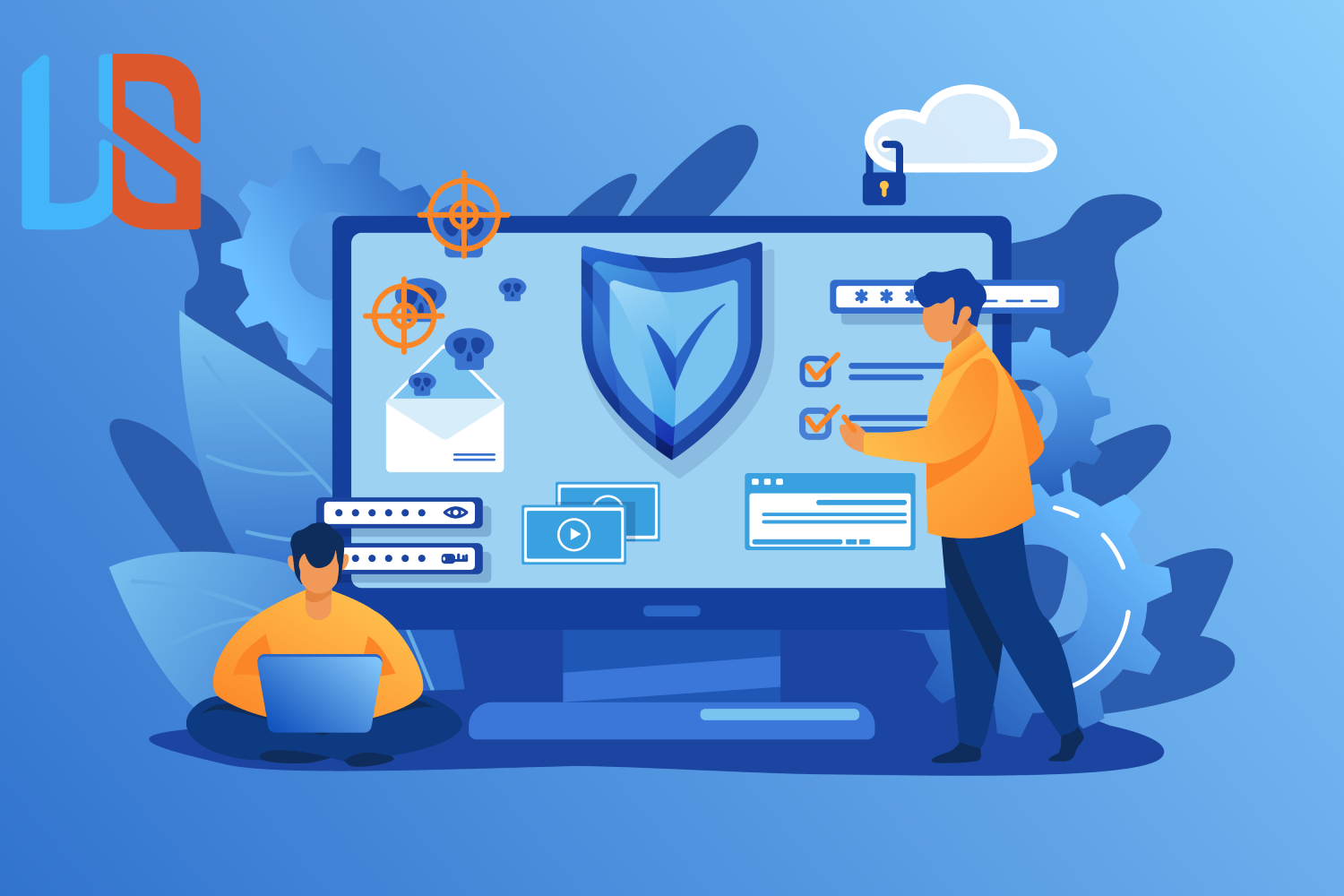
Introduction
While front-end development focuses on the visual and user interface aspects of a website, back-end development plays a critical role in building the foundation and functionality that power the entire application. Back-end developers work behind the scenes, creating server-side applications, databases, and APIs to deliver data and ensure smooth interactions between the user and the system. In this article, we will explore the power of back-end development and how it enables the creation of scalable solutions that can handle increased demand and growth.
1. Server-Side Programming Languages
Back-end development is primarily centered around server-side programming languages. Popular languages like Python, Ruby, Java, PHP, Node.js, and C# provide the tools and frameworks to build robust server-side applications. The choice of language depends on the project’s requirements, developer preferences, and scalability needs.
2. Database Management Systems (DBMS)
Back-end developers work with Database Management Systems to store and manage data effectively. SQL-based systems like MySQL, PostgreSQL, and Microsoft SQL Server are widely used for structured data, while NoSQL databases like MongoDB and Cassandra are preferred for handling unstructured or semi-structured data.
3. API Development
Back-end developers design and implement Application Programming Interfaces (APIs) to facilitate communication between different components of a web application or between the application and external services. Well-designed APIs are essential for enabling data exchange and integrations with third-party services.
4. Server Management and Deployment
Back-end developers handle server management and deployment, ensuring that the application is properly hosted and accessible to users. Tools like Docker and Kubernetes simplify the deployment process and enable easy scaling of applications to handle increased traffic.
5. Security and Authentication
Security is a paramount concern in back-end development. Back-end developers implement robust security measures to protect user data and prevent unauthorized access. Techniques like encryption, secure authentication, and access control are employed to enhance the application’s security.
6. Scalability and Performance Optimization
Building scalable solutions is a core objective of back-end development. Back-end developers design systems that can handle increased loads and traffic efficiently. Techniques like load balancing, caching, and database optimization are used to enhance performance and responsiveness.
7. Handling Business Logic
Back-end development is responsible for implementing the application’s business logic. It involves processing data, handling user inputs, and executing the core functionality of the application.
8. Content Management Systems (CMS)
Back-end developers often work with content management systems like WordPress, Drupal, and Joomla to enable easy content creation, editing, and publishing for websites.
9. Integration of Third-Party Services
Many applications rely on external services for specific functionalities like payments, notifications, or geolocation. Back-end developers integrate third-party services via APIs to enhance the application’s capabilities.
10. Error Handling and Logging
Back-end developers implement error handling mechanisms and logging systems to identify and address issues promptly. Effective error handling improves application stability and user experience.
11. Version Control and Collaboration
Version control systems like Git are essential tools for back-end developers to manage code changes, collaborate with team members, and maintain code quality.
12. Continuous Integration and Continuous Deployment (CI/CD)
Back-end developers utilize CI/CD pipelines to automate the testing, integration, and deployment processes, ensuring faster and more reliable application updates.
13. Monitoring and Analytics
Back-end developers set up monitoring and analytics tools to track application performance, identify bottlenecks, and make data-driven decisions to optimize the application further.
14. Cloud Computing
Leveraging cloud computing platforms like Amazon Web Services (AWS), Microsoft Azure, and Google Cloud Platform (GCP) provides scalability and flexibility to back-end developers, enabling them to handle varying workloads effectively.
Conclusion
Back-end development is the backbone of any web application, providing the necessary infrastructure and functionality that drive the user experience. By harnessing the power of server-side programming languages, databases, APIs, and other tools, back-end developers can build scalable solutions capable of handling increased demand and providing seamless experiences for users. The continuous evolution of back-end technologies ensures that developers can create powerful and dynamic web applications that meet the demands of today’s digital landscape.





